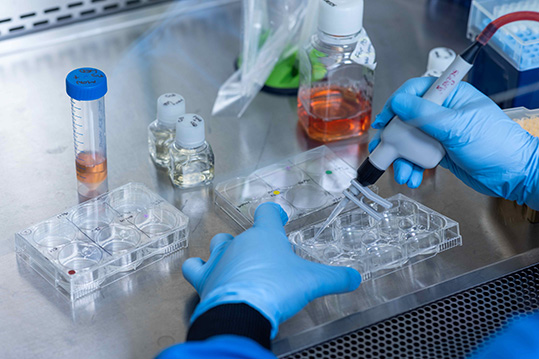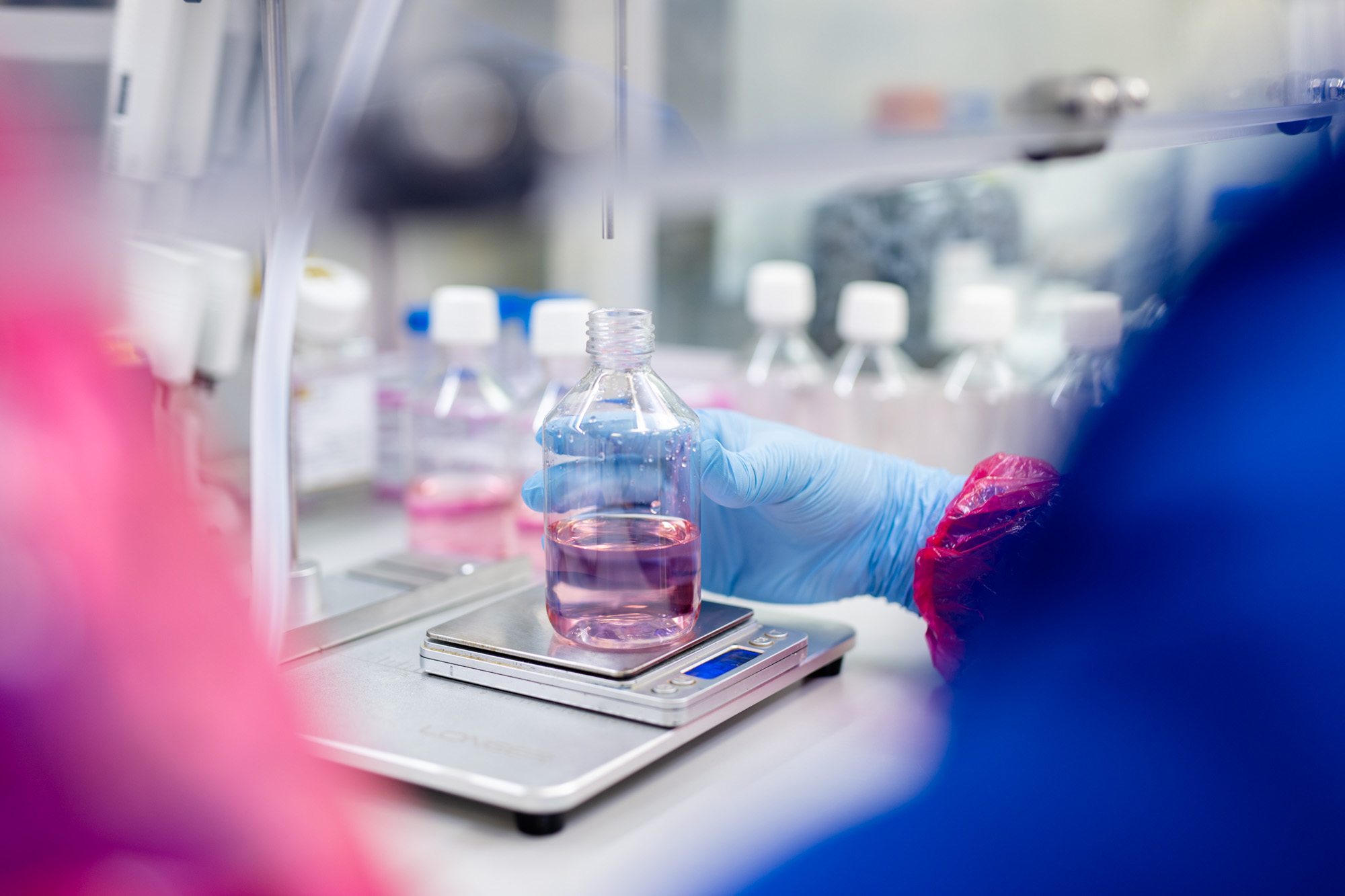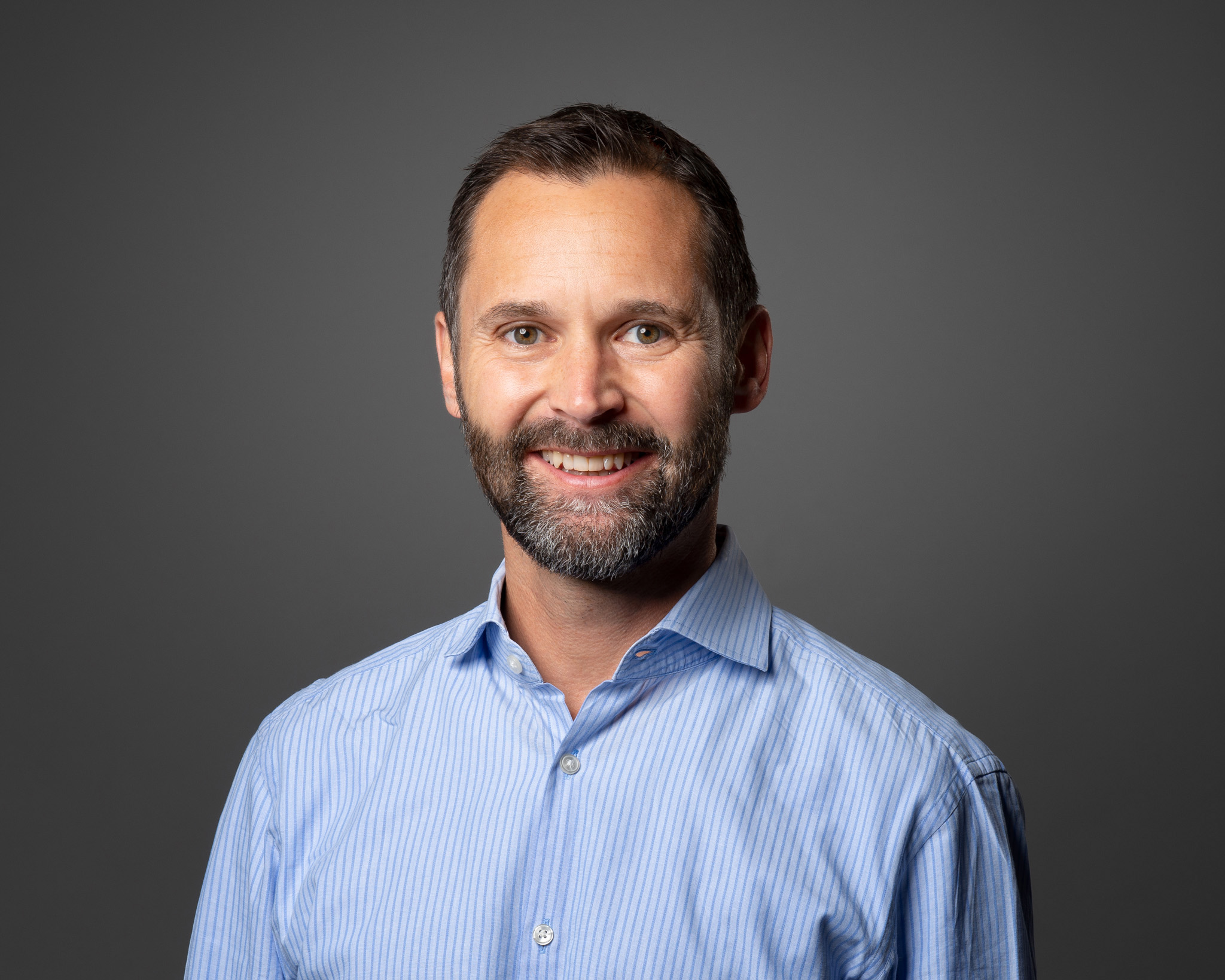

Deep Dive: Ecosystem elevated
Specialist players in cell lines, growth media, and bioprocessing are reshaping cultivated meat by building a collaborative ecosystem that accelerates scaleup, slashes costs, and brings sustainable protein closer to your plate. Lloyd Fuller reports
As cultivated meat companies progress from early-stage proofs of concept toward the complex challenge of scalable production, the industry faces a critical shift. No longer can individual players operate in isolation; collaboration has become fundamental to success. Recognizing this, three leading innovators – growth media specialist Multus, cell line developer Roslin Technologies, and bioprocessing partner The Cultured Hub – have joined forces to build a new kind of ecosystem designed to accelerate development and scale in cultivated meat.

Each brings deep expertise in their respective fields, combining forces to create a shared infrastructure that addresses the technical and commercial challenges of bringing cultivated meat to market.
The cultivated meat sector, barely over a decade old, began with ambitious goals to revolutionize the food system through biomanufacturing. Early pioneers reimagined biopharmaceutical technologies to suit large-scale, sustainable meat production. This transformation required re-engineering every part of the process – from cell lines to culture media, bioprocess design, and scaffolding technologies.
In the early years, companies had little choice but to vertically integrate, building all components in-house. “Vertical integration wasn’t just a choice – it was a necessity,” says Cai Linton, Co-founder & CEO, Multus. While essential then, this approach required lots of capital and time to bring products to market.
As the sector matures, a more distributed model has emerged. Specialist companies now focus deeply on individual components: Roslin Technologies develops cell lines, Multus engineers growth media, and The Cultured Hub scales bioprocessing. This specialization allows each to push the boundaries of their domain, enabling cultivated meat producers to move faster and build better products sooner.
“Our role is as enabling technology providers,” continues Linton. “We help companies accelerate from lab to market more efficiently and cost-effectively. That’s why collaboration, rather than independent development, is now the way forward.”
The partnership formed between the three companies was driven by both technical and commercial imperatives. Roslin Technologies’ CEO Ernst van Orsouw highlights
two key drivers: proving that their pluripotent stem cell lines can scale effectively, and unlocking new commercial opportunities.
“Customers want proof our cells grow quickly and reach high densities at scale,” he says. To demonstrate this beyond their lab’s small-scale bioreactors, Roslin Technologies turned to The Cultured Hub, a CDMO focused on scaleup. The collaboration was supported by grants from Innovate UK and Innosuisse, and later strengthened with Multus’ media expertise.

Commercially, the partnership addresses a market need. Some food companies interested in cultivated meat lack the technical capacity to handle cell lines directly. They want biomass as a raw ingredient. “Together, we deliver a more integrated solution that meets those needs,” says Van Orsouw. “It’s a direct commercial opportunity that benefits the wider industry as it allows food companies to actively participate.”
For The Cultured Hub’s CEO, Yannick Jones, the collaboration represents a step-change. “We’re developing not just technology but the market itself, aiming to create real impact – for people and for the planet. With the right cell lines and media, we can develop a robust bioprocess and bring products to market much faster.”
Building a cultivated meat supply chain across multiple specialist companies brings unique challenges. One of the most misunderstood, says Van Orsouw, is the importance of strong interfaces between partners. “It all starts with technology transfer,” he notes. While Roslin Technologies’ cell lines perform well in their lab, transferring protocols to The Cultured Hub involves trial, error, and unexpected variables. The process has improved over time, but it requires deep experience.
Beyond technical handoffs, successful collaboration depends on clear contracts, communication, and mutual trust. Aligning expectations and timelines from the start is as crucial as the science. Linton adds that choosing the right partners is key. “The industry is evolving fast, so working with teams aligned to its direction and agile enough to adapt is vital. It’s about deep collaboration, clear contracts, and technological alignment.”
Seamless integration: from cells to bioprocess
Ensuring that Roslin Technologies’ cell lines, Multus’ growth media, and The Cultured Hub’s bioprocessing fit together required rigorous coordination. Van Orsouw points to two pillars: smooth technology transfer and robust logistics.

“The Cultured Hub team trained at our lab, and we sent colleagues to their facility to ease handovers,” he reveals. Additionally, the complexities of shipping biological materials internationally demand clear processes around certificates of analysis and import/export logistics.
Jones emphasizes that collaboration extends well beyond scientific exchange. “We coordinate supply chains, logistics, and external suppliers to ensure the ecosystem functions seamlessly. Strong, ongoing communication builds partnerships that withstand inevitable challenges.”
Linton also highlights the role of documentation and standardization. “Capturing learnings from every trial enables continuous improvement. Clear communication combined with feedback loops through documentation helps us get better, faster.”
A practical example illustrates this integration: frozen cells arrive at The Cultured Hub, where they are thawed and recovered to initiate bioprocessing. Media components must be onsite, and teams aligned before starting. The process is carefully controlled and monitored to maintain sterility and ensure equipment functions precisely. Only then can performance and quality metrics be met, moving toward commercial-grade biomass.
The hidden challenge
While the biology and process development are complex, logistics often present less visible but equally daunting hurdles. Van Orsouw notes that lead times for producing biomass can extend from an ideal 10-day growth to several months once supply chains are factored in.
“It starts with scheduling facility availability and ordering media, which depends on raw material lead times. Import permits add further delays,” he says. As most production is made to order rather than from inventory, the supply chain requires end-to-end management.
Linton describes how Multus evolved its logistics approach. “Standard shipping solutions weren’t enough. We built a partner network specializing in temperature-sensitive freight to ensure product integrity.”
Proactive ingredient sourcing is also crucial. “Visibility into upcoming demand allows us to secure materials well in advance, maintain contingency plans, and hold inventory to respond quickly,” Linton explains.

Jones underscores the need for validated logistics and trust across the chain. “You must know where shipments are, maintain cold chains, and ensure readiness on arrival. Timing is critical to avoid delays or quality issues.”
Coordination, communication, and quality assurance
Aligning production across three specialist companies requires rigorous planning and communication. The Cultured Hub manages scheduling by planning slots and working backwards from delivery dates. Multus maintains meticulous ingredient tracking to ensure production readiness. Van Orsouw reflects on the learning curve, noting the “scar tissue” from trial and error in building supply chains.
Rigorous standards support the collaboration. Multus’ media facility holds FSSC 22000 certification, enforcing clean environments, documentation, traceability, and risk-based quality control – essential for building trust with regulators and clients.
Roslin Technologies’ labs are ISO 22000-certified and provide standardized certificates of analysis for cell lines, covering characterization, quality, performance, and food safety. The Cultured Hub verifies materials and runs validated, food-safe processes, with shared certification standards enabling smooth partner communication.
Navigating regulatory pathways
While regulatory approvals for cultivated meat are still evolving, the partners believe the ecosystem is nearing global food safety standards. Van Orsouw notes consistent requirements across the EU, USA, and Asia, with some local variation. Harmonizing standards would speed progress, and ongoing work with producers and regulators aims to maintain readiness.
Jones sees the partnership as a blueprint for others to speed regulatory pathways by building robust processes, thorough documentation, and aligned teams. Such frameworks will be vital as production scales toward commercial launch.
The collaboration also opens doors to larger food and meat companies seeking to enter cultivated meat with lower risk. Many have invested passively in startups but lack hands-on expertise in cultivated meat processes. “Biomass as a tangible, testable product provides an entry point,” Van Orsouw explains. “We have a well-oiled machine producing that biomass for prototyping or testing with limited investment.”

Linton adds that alongside cost reduction, consumer demand drives success. “Creating products people want to buy repeatedly requires more work and expertise, which is where food and ingredient companies can add tremendous value.”
The partnership also emphasizes incorporating food scientists to develop taste, texture, and mouthfeel, alongside full supply chain and marketing strategies. The Cultured Hub, as a joint venture between established companies in the food system, exemplifies this consumer-driven focus.
Lowering barriers, accelerating innovation
This integrated ecosystem reduces capital expenditure (CapEx) hurdles for early-stage companies, spreading expensive equipment and expertise across multiple partners. Faster learning cycles emerge as knowledge is shared, in doing so shortening development times.
“This collaboration lets startups focus on their unique competitive edges while relying on experienced partners for essential supply chain elements,” says Linton. “It levels
the playing field and helps newer entrants catch up with decade-old pioneers.”
Roslin Technologies’ small but highly specialized team exemplifies this focus, dedicating 20 of 25 employees to cell line development. This depth of expertise accelerates innovation and aligns with trends in adjacent industries, where specialist providers dominate.
The Cultured Hub was designed as a plug-and-play facility to help new players commercialize faster without reinventing the wheel. Jones envisions welcoming new entrants, supporting ongoing product development, and reducing CapEx burdens.
“Great food is about culture and experience,” he says. “By collaborating across this ecosystem, we can bring together the best technology and talent to deliver products that consumers want to feel and taste for themselves.”
The trio agrees on the importance of starting collaboration early, finding aligned partners ready to evolve alongside the industry, and openly sharing expertise.
“Know your strengths and test alternatives,” advises Van Orsouw. “Sharing technologies and working together will speed cost reduction and innovation.” Meanwhile, Jones adds that building trust and transparent dialogue is critical. “This industry knows each other well – it’s vital to start conversations early and keep them open. We welcome contact from anyone interested in collaborating.”
If you have any questions or would like to get in touch with us, please email info@futureofproteinproduction.com







